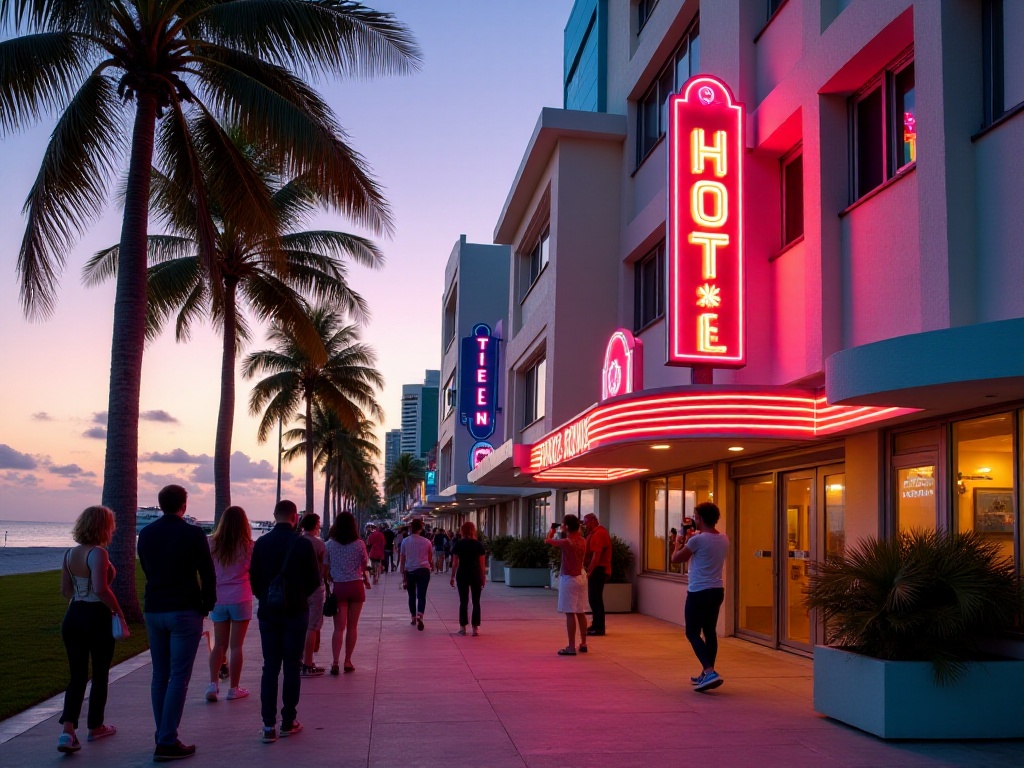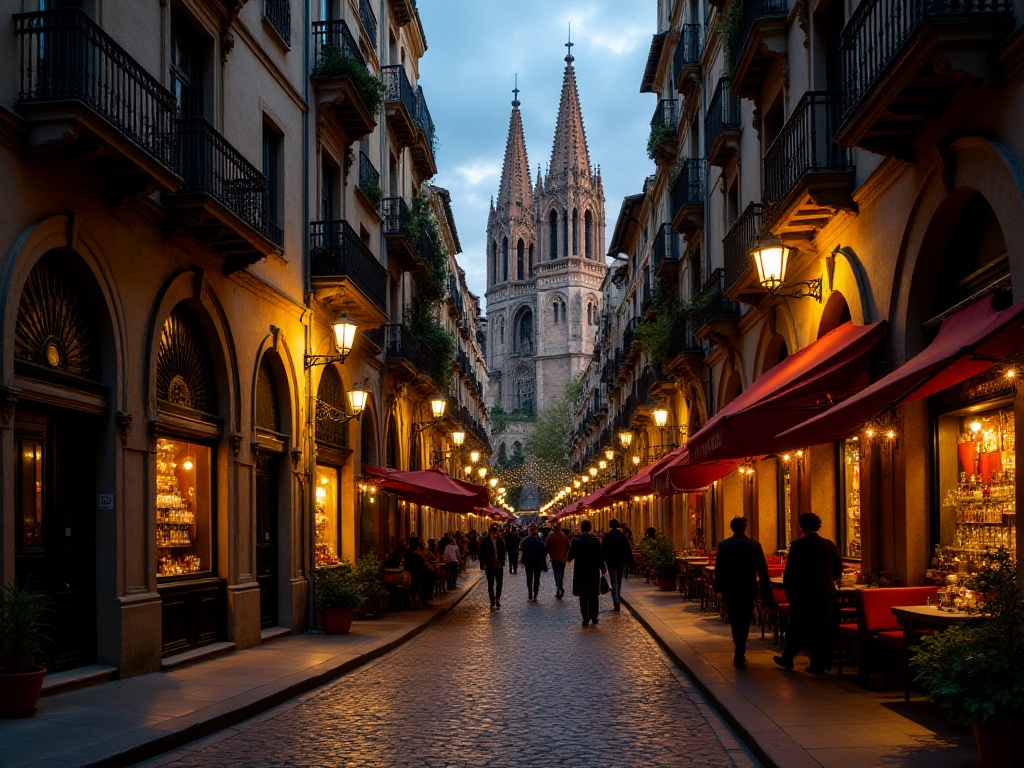The other day, I posted a photo on WeChat Moments showing me and a group of tourists laughing heartily in front of the City God Temple. The comments section exploded instantly, with many friends asking about my experience as a tour guide. As a "veteran" who has been in this industry for three years, I think it's time to share my experiences and insights.
To be honest, working as a tour guide has brought me many unexpected joys. Every time I see tourists' amazed expressions when they discover something new in the city, I feel a great sense of achievement. It's truly meaningful work to help others discover the beauty of a city.
I recently saw some data that absolutely stunned me! The global urban tourism market has exceeded 200 billion USD in 2024. In China alone, first-tier cities like Beijing, Shanghai, Guangzhou, and Shenzhen generate over 500 billion RMB in annual urban tourism revenue. These numbers reflect modern people's strong desire for in-depth travel experiences.
Last summer, I guided a couple from Hangzhou in Beijing. They were senior engineers with extremely high work pressure. The husband said, "In the past, we always followed large tour groups during holidays, rushing through attractions, and felt more tired than working. This time we want to try something different and truly experience the local life of old Beijing."
I've heard such sentiments countless times. Young people today are no longer satisfied with simply checking off tourist spots; they yearn to understand a city's deeper cultural essence. This shift in demand has created more opportunities and room for development for independent tour guides like us.
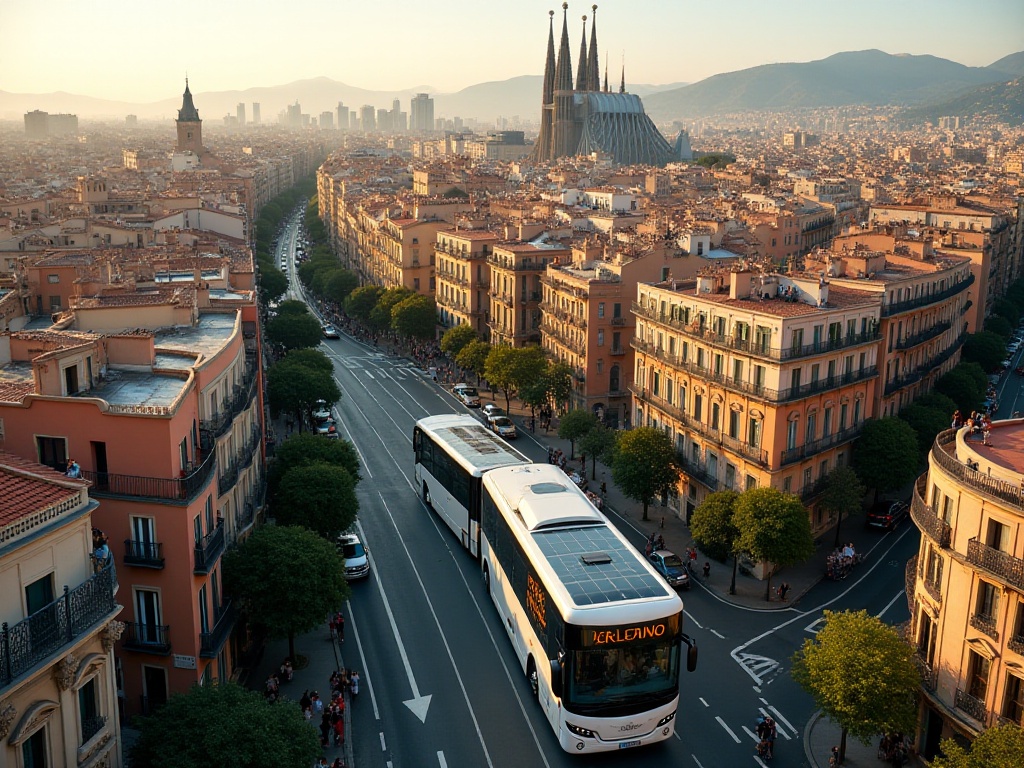
To be honest, I stumbled into this industry by chance. As a native Shanghai resident, my love for this city naturally made me want to share its beauty with others. However, passion alone is far from enough to be a professional tour guide.
First, you need to know the city like a "living map." It's not just about memorizing attraction descriptions, but truly immersing yourself in the city's lifeblood. For example, in Shanghai, you need to know what stories lie behind every corner of Nanjing Road Pedestrian Street, which shop makes the most authentic shengjianbao, and which lane houses have the most historical feel.
During my breaks, I often ride shared bikes around the city, specifically looking for places with character. Once near Xujiahui, I discovered a barbershop that had been open for over 70 years. The owner was an elderly man in his eighties who used traditional barbering tools and gave customers head massages. These are the kinds of places that truly surprise tourists.
Being a tour guide really requires mastery of all trades.
First is language expression ability. I remember my first tour was a complete disaster. While introducing the history of the Bund, I talked non-stop for twenty minutes, only to turn around and see confused faces. Later, I gradually figured out the trick: use storytelling to explain, turn dry history into vivid gossip.
For instance, rather than dryly stating when the Peace Hotel was built, it's better to talk about how Charlie Chaplin stayed there and danced the tango; instead of just describing the HSBC Building, tell why the bank placed two bronze lions at its entrance and what dramatic wartime experiences these lions went through.
Second is adaptability. This is really crucial! Tours often encounter various unexpected situations. Last summer once, I was taking tourists to eat xiaolongbao at a century-old restaurant near the City God Temple, only to find it temporarily closed for renovation. The tourists were hungry and looking at me expectantly. Fortunately, I always have backup plans ready and immediately took them to another equally good but less crowded old restaurant nearby.
Third is physical stamina. This is no joke - guides often walk all day while maintaining a smile and enthusiasm. I jog every morning and go to the gym on weekends to maintain abundant energy.
Fourth is cultural literacy. Guides need to understand not only history and culture but also knowledge in areas like food, architecture, and art. I regularly read various books and documentaries and attend cultural lectures to provide richer content for tourists.
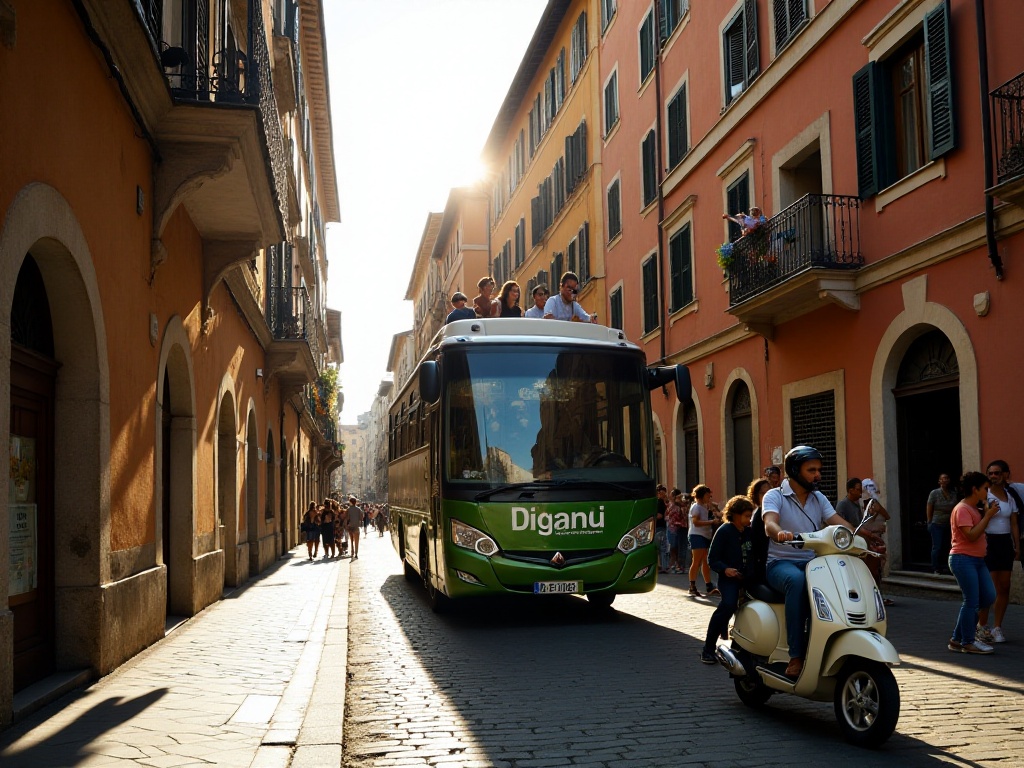
Being a tour guide requires strong psychological resilience. You need to deal with tourists of various personalities - some are very talkative, others quite quiet; some love taking photos at attractions, others are particularly interested in history and culture. You need to learn to adjust your state to accommodate different tourists' needs.
You also need to be prepared for a service mindset. Once when leading a family group, a child suddenly had a stomach ache. I immediately adjusted the itinerary, took them to a nearby hospital, and stayed until after the doctor's visit before continuing the tour. These are all part of a guide's job.
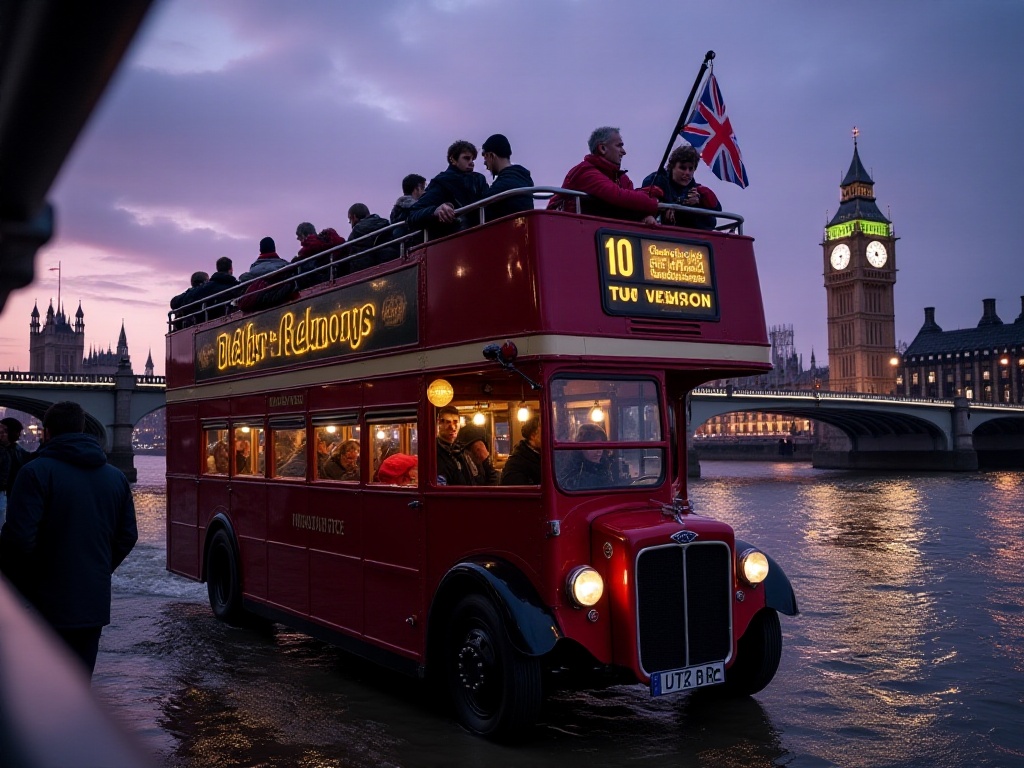
Designing tour routes is one of my favorite parts. When designing new routes, I always start with an interesting theme.
In Beijing, besides must-visit spots like the Forbidden City and Great Wall, I've designed many themed routes. For example, "Old Beijing Hutong Food Tour," taking tourists into hutongs to eat the most authentic zhajiangmian and drink genuine douzhir; or "Beijing Night Market Exploration," taking tourists to Ghost Street to experience the lively atmosphere and to Nanluoguxiang to hear hutong stories.
Once I received a group of foreign tourists interested in Traditional Chinese Medicine culture, so I specially designed a "TCM Culture Tour." In the morning, we visited the century-old Tongrentang store to learn about Chinese herbs' types and effects; at noon, we ate health-preserving meals at a time-honored restaurant; in the afternoon, we experienced traditional massage and moxibustion, and in the evening, we tasted various health-preserving tea snacks. This route later became my signature tour, often specifically requested by repeat customers.
In Shanghai, I've also designed many special routes. For example, "Vintage Magic City Tour," taking tourists to photograph in qipao at the Bund, have afternoon tea in old villas on Hengshan Road, and experience 1930s Shanghai style at jazz bars in the evening. There's also the "Jiangnan Local Life Tour," taking tourists to morning markets to buy vegetables, to barbershops in lanes for haircuts, and to old neighbors' homes to learn how to wrap huntun.
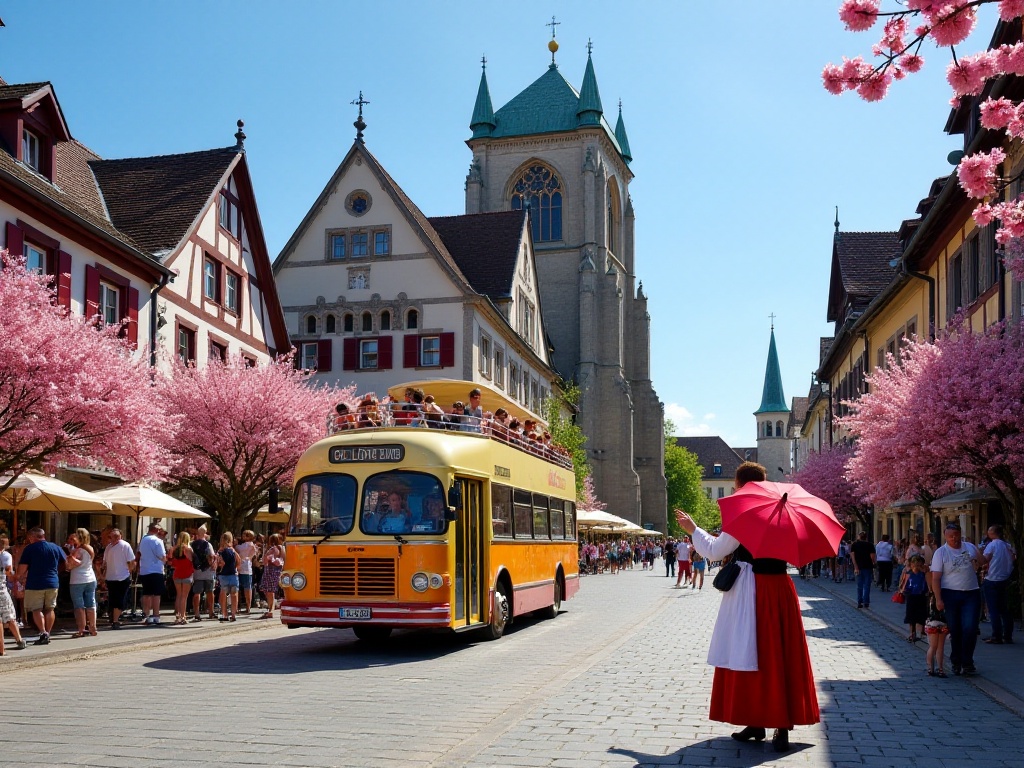
Speaking of transportation arrangements, there's much to consider. Many people think sightseeing buses are most convenient, but different routes suit different transportation methods.
For old town tours, I recommend walking. Walking allows you to see many details you'd miss by car. For instance, in Beijing's Nanluoguxiang, only by walking can you discover old door numbers on walls and smell the aroma of fried sugar cakes wafting from hutongs. In Shanghai's Tianzifang, walking helps you find creative shops hidden deep in the lanes.
For slightly longer distances, I suggest shared bikes. Biking is great for hutong tours in Beijing or along Suzhou Creek in Shanghai. It's environmentally friendly and lets you feel the city's pulse, plus you can stop anytime to look closer at interesting spots.
Of course, for cross-district trips, subway and taxis are essential. I research transfer routes in advance and choose less crowded times to ensure tourists have a comfortable travel experience.
Commentary is truly an art. My current style came from countless failures and experimentation.
First is controlling pace. Different attractions need different commentary styles. In museums, you can give detailed explanations about each exhibit's origin and significance. But on busy commercial streets, you need to highlight key points with brief descriptions.
Second is using metaphors and analogies. For example, when explaining Shanghai's shikumen architecture, I compare it to a "East-meets-West architectural little red mansion." The Western facade is like wearing a suit, while the inner courtyard and corridors are authentic Jiangnan style. Such comparisons make it easier for tourists to understand and remember.
Third is storytelling. Every site has its history, but directly stating dates and events can be boring. I like to start with people and tell stories that happened here. For example, at the Bund, I tell about foreign bankers' rivalries in the 1930s and how rickshaw pullers made their living here. These stories bring history to life.
Interaction is key to making tours interesting. I've invented many small games to add fun.
On Nanjing Road Pedestrian Street, I have tourists guess which stores are century-old establishments. I give them hints about storefront design and signage fonts, then let them discover. Those who guess correctly get small prizes like traditional candies or postcards.
At Yu Garden, I hold an "architectural treasure hunt." I give tourists a list of images I made and have them find these beautiful architectural details. Like dragon heads on flying eaves, window lattice patterns, and brick carvings. This game is especially popular with family groups; children love it.
During hutong tours, I teach tourists to greet people in Beijing dialect. Watching them chat with old Beijingers in their awkward accent is particularly amusing. Such interactions also let tourists experience authentic Beijing hospitality.
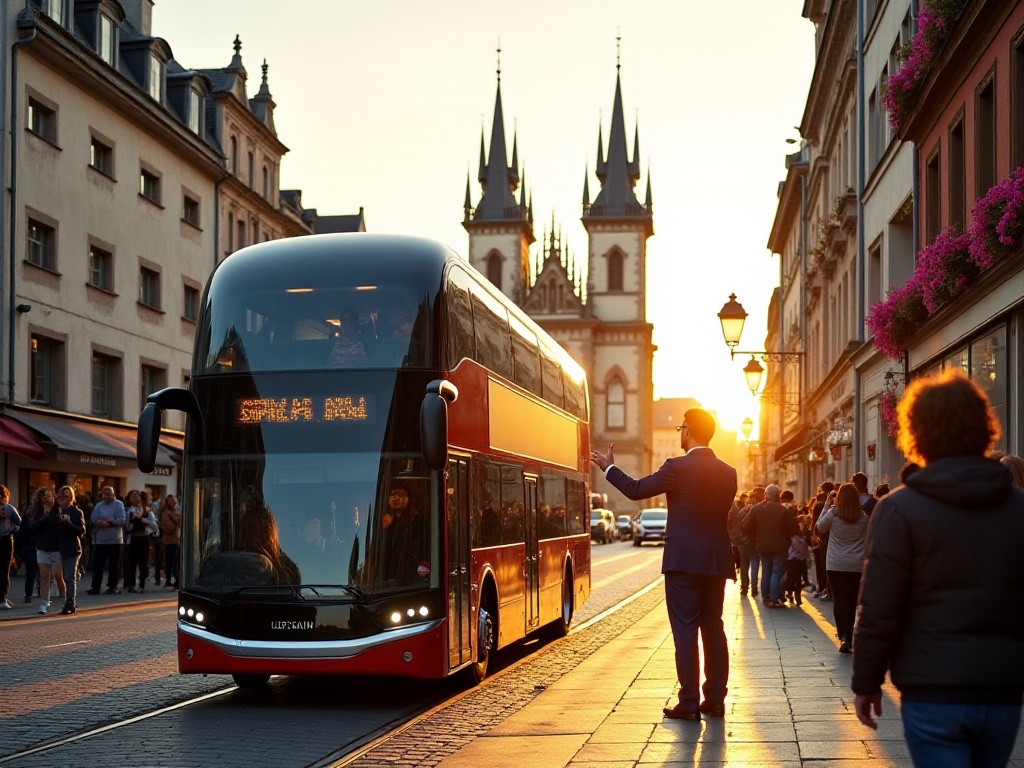
Tour guides must have emergency awareness. I always carry a "treasure box" with band-aids, motion sickness medicine, simple medical masks, umbrellas, and other emergency supplies.
Weather changes are the most common issue. What to do when it rains? I immediately activate the rainy day plan, taking tourists to indoor attractions like museums and art galleries. If we must stay outdoors, I've noted shelter locations between attractions during previous visits, so I can guide tourists while seeking cover.
We also need contingency plans for emergencies. For instance, if an attraction suddenly closes, I need to immediately think of nearby alternatives; if a restaurant is full, I need to know equally good backup options.
After three years as a city guide, my biggest realization is: a good guide doesn't just explain things but creates unique experiences and feelings for tourists.
Like the group I led in Chongqing a few days ago. I not only took them to eat authentic hotpot but also visited World War II bombing sites. There, I told stories of Chongqing people's resilient life during wartime. Seeing tourists' thoughtful expressions, I knew they weren't just touring a city but feeling its soul.
Another important lesson is finding "micro-surprises" in the city. For example, I take tourists to find street corner graffiti art, visit craftsmen hidden in lanes, and taste local food spots only natives know about. These details often create tourists' most memorable experiences.
Technology is developing so fast now, with new innovations like AR guides and AI commentary constantly emerging. Many worry: will these technologies replace traditional guides?
I believe technology can assist our work but can never replace genuine human interaction. Real tour guide work isn't just about introducing attractions and history; more importantly, it's about conveying emotions, sharing culture, and creating unique experiences.
For instance, AI can precisely tell you a building's age and style, but it can't, like humans, tell an interesting story at the right moment or take you to taste hidden local delicacies. No matter how advanced technology becomes, it can't replace a guide's improvisational skills and human touch.
I believe the future tour guide industry will deeply integrate with technology, but essentially remain an industry that succeeds through human touch and professional qualities. The guide's role will transform from mere commentator to city culture communicator and experience designer.
This is my sharing of tour guide experiences. If you're also interested in this industry, welcome to exchange ideas in the comments. Let's discuss how to make travel more interesting and fill every city exploration with surprises!
 Previous
Previous


